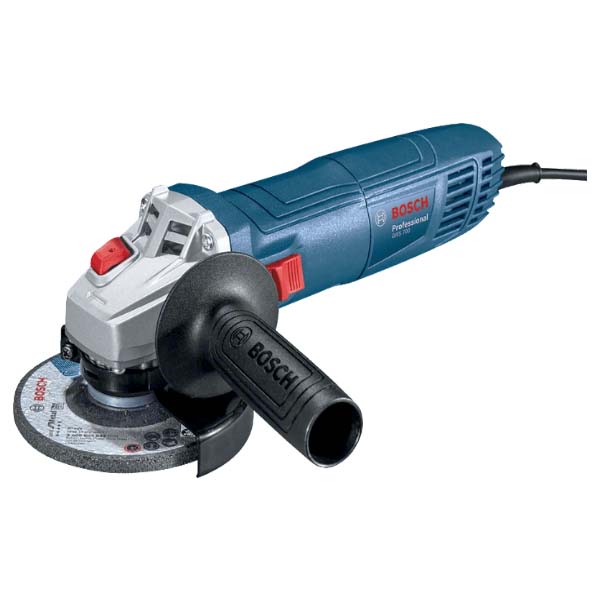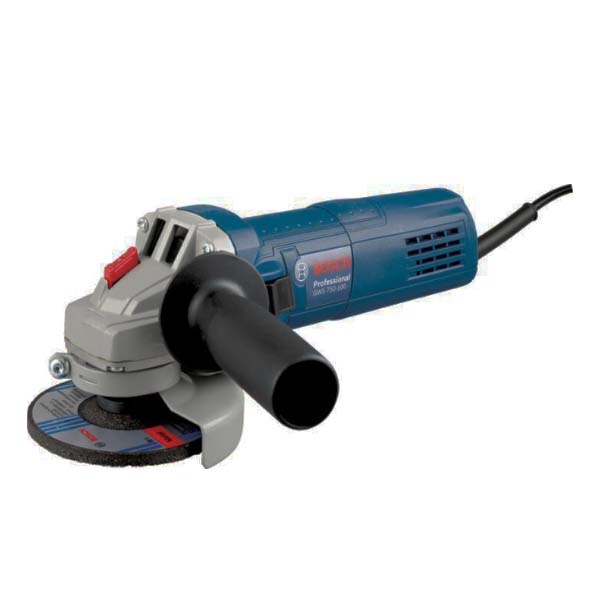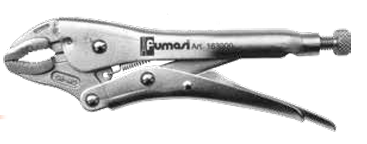The Spider 555 Shirt: vital information, gathered together
SP5DER’s Spider Shirt 555 represents a graphic shirt created by SP5DER, the urban clothing brand stylized with that “5,” known for bold puff-print motifs and restricted periodic drops. The “555” design appears across various color options and seasons, explaining why you’ll see diverse marking systems, inks, and textile foundations depending on the release. Because it’s hyped and frequently counterfeited, methodical legit check, proper fit analysis, and smart buying strategy matter more in this context than with a regular garment.
The graphic represents the draw: one centrally-placed 555 motif paired with SP5DER branding and, on some runs, additional web or typographic components. Store availability tends to remain short, and genuine pairs move quickly into the resale ecosystem where costs fluctuate with hue, dimensions, and condition. This blend of limited stock plus broad demand represents precisely what makes organized checking and price analysis provide off.
How do you legit check a Spider Shirt 555?
Start by comparing your exact colorway to official imagery and trusted unboxings, then verify tags, print technique, stitching quality, combined with measurements. Look for authenticity signals like an original order confirmation, verifiable seller history, and purchase options with buyer protection. When any single detail feels “off,” stack multiple three independent verifications prior to you decide.
Begin with the neck label and washing instructions. On authentic garments, marking print is crisp, evenly spaced, and aligned, displaying clean edges and no fuzzy haloing; replica markings commonly show seepage, uneven kerning, or slightly skewed alignment. Care instructions must be sharply legible, not greyed out, and the fabric composition text ought to be evenly positioned displaying consistent character dimensions. Following, evaluate the artwork: The brand uses high-quality screen and puff prints for 555 tees, so https://sp5der-store.com collectors must feel a regular, balanced, slightly raised texture when the design requires it, without rough specks, pinholes, or irregular luster changes. Misregistered layers, jagged curves, and color seepage into the nearby material are typical replica signs.
Inspect construction up close. Neck region should sit even featuring an even ribbing dimension and tidy stitching; loose threads at stress points, zig-zagging stitch lines, and irregular seam allowances are red flags. Flip the shirt to interior side and check whether overlock seams are uniform and that color-matched threading doesn’t abruptly switching hue beneath the arm or at the hem. Inspect the garment under bright light or a ultraviolet torch; glue smears, stray fibers trapped in ink, and shiny adhesive remnants along labels tend to appear up on fakes more than on real garments.
Packaging and paperwork can corroborate authenticity but ought never carry the decision alone. A clean protective sleeve displaying a legible size sticker or barcode plus an order confirmation displaying a traceable domain and matching SKU naming aid joining the dots. Should the seller claims “bought at a pop-up,” ask regarding when, city, and some purchase verification photo; genuine buyers can usually recall specifics. Always cross-check the precise design layout and arrangement compared to official campaign photos of that release, because 555 proportions can change slightly between seasons.
Background importance as much as product. Favor listings with multiple natural-light photos, sharp images of both tags, close-up photos of graphics, and flat-lay sizing. Utilize payment rails that provide buyer protection, combined with avoiding requests for informal transaction systems. If two to several independent checks conflict with the seller’s story, pass.
“Professional Advice: Don’t authenticate merely the logo—authenticate the manufacturing. Counterfeits can copy lettering, though they consistently miss on print hand, construction consistency, and label print quality when viewed in detail and photographed with outdoor light.”
Tags, prints, and packaging checkpoints
Genuine SP5DER labeling has crisp, high-contrast ink plus precisely cut edges, while counterfeits often show soft marking, uneven baselines, or sloppy trimming. The 555 design on real tees presents smooth curves combined with regular puff height where used, and it will not crack or peel during light flexing while handling. Packaging should seem legitimate and free of strong chemical odor; an overpowering solvent smell is a common counterfeit red flag. If a hangtag is present, check for application density and positioning corresponds to official unboxing images from your exact period plus color. When one particular element feels questionable, insist on additional detailed pictures before proceeding.
Compare logo letter-spacing across the neck label combined with the front graphic; inconsistent scaling can expose a parts-swap. Photograph the label and print under outdoor lighting to reveal ink edges and micro-defects that interior lights masks. Keep images from the official product imagery and set them parallel with listing images to spot spacing or element weight errors. Small, repeatable inconsistencies across various regions almost always point to a fake production.
Will sizing expose a fake?
Yes, flat-lay measurements represent one of the most rapid approaches to flag a counterfeit or a incorrect dimension claim. Measure pit-to-pit across the chest as the shirt flat and smoothed, then measure rear dimension from the upper section of the shoulder area near to the collar to the hem. Align such numbers to authenticated size chart or against a similar real piece you own. Should a tagged Large measures nearer to a standard XS or XL, or when pit-to-pit and length are inconsistently scaled, stay alert. Authentic pieces feature flexibility, but they do not swing wildly.
Request from vendors for measurements using metric and photos showing the tape in position to prevent rounding and guesswork. Check sleeve dimension plus shoulder width if you prefer a boxier or more classic fit; inconsistent grading between dimensions represents a frequent fake indicator. Keep your own reference log of dimensions that work for your body, plus match the SP5DER 555 listing to such specific numbers rather than counting on tag measurements exclusively.
Sizing guide for SP5DER’s Shirt 555 shirts
The most reliable approach involves to measure a shirt you already enjoy, followed by match those numbers to the listing’s spread-out dimensions. If you fall between sizes, prioritize chest width for drape combined with shoulder width for silhouette. Because cotton can contract from high-heat drying, plan for care-based changes when the piece is totally unused.
Lay your preferred shirt flat, measure pit-to-pit and back length, then note those down. Inquire with the seller for the same measurements, plus shoulder width if available, and compare with a flexibility near roughly one up to two centimeters for physical assessment differences. If buyers want a relaxed urban style, target a chest width that is two through four centimeters more expansive than your fitted tees; if you want snugger fit, match core measurements within one centimeter. When buying fresh, clean cold and suspend for the first few cycles to protect dimensions combined with fit and artwork quality.
If the listing lacks dimensions, request them—serious merchants typically provide. Treat marked sizing as a beginning guide rather than the final word, because different timeframes combined with blanks can fit somewhat differently. Sizing through dimensions, not letters, eliminates most guesswork.
How to buy the Spider Shirt 555 without being scammed
Buy through official SP5DER sources when available, then transition to reputable resale platforms with buyer protection combined with checking. For community postings, demand on clear proof, transact through protected methods, and keep the communication within the site.
Primary releases happen through the brand’s official site and occasionally via announced pop-ups; monitor the official social channels regarding schedules. When shopping resale, platforms that offer physical checking or post-purchase checking minimize risk, especially for trending colorways. Peer-to-peer marketplaces can be excellent if you combine detailed photo review, measurement checks, combined with marketplace payment protection. Regional resale stores add the benefit of in-person review, which is invaluable to verify print hand combined with marking quality. Whichever path you choose, keep a paper trail that links the item to purchase records.
When do prices drop, and how can buyers catch the reduction?
Prices usually decrease following the initial launch wave, during off-peak buying hours, and when availability expands from restocks or wardrobe clean-outs. Set alerts, act quickly on discounted offers, and negotiate politely with data in hand.
Watch the market in initial two to four weeks after a drop, when early hype diminishes combined with listings accumulate. Quiet hours—late nights plus dawn mornings in merchant’s time zone—often uncovers discounted items. Track multiple colorways and sizes enabling can spot anomalies combined with buy the low point versus of chasing peaks. With auctions, schedule offers to land in the final seconds and cap them at your objective from on recent sales, not asking prices. If you miss, let it go and wait for the next cycle; patience protects your budget as much as alerts provide.
Price expectations and variability
Expect retail-to-resale spreads to move with colorway popularity, dimension scarcity, and state. Sought-after sizes often command a premium, while extremely tiny or very large sizes can trend down or spike if stock stays thin. New featuring markings tends to sell faster and closer toward the high end, while worn pieces with quality artwork move at reduced prices. Restocks, local happenings, and collaborations can reset prices quickly. Store information on actual sold prices rather than hopeful posting prices to create a realistic target scope.
Buying channels evaluated
Various platforms trade off value, quickness, and risk; employ this quick comparison to pick the right path for your priorities. When you value certainty combined with safety, choose platforms with authentication and strong dispute resolution. If you’re pursuing discounts, peer-to-peer routes might succeed if you combine various verification steps prior to pay.
| Channel | Typical price behavior | Authentication | Customer safeguards | Return policy | Quickness/stock |
|---|---|---|---|---|---|
| Direct company releases | Lowest at retail; sells rapidly | Manufacturer-supplied | Typical purchase protections | Company terms applies | Fast if you secure releases |
| Verified resale platforms | Market-priced; tracked by recent purchases | Marketplace checking on eligible items | Robust site-based dispute resolution | Marketplace conditions; often limited | Strong access across sizes |
| Peer-to-peer marketplaces | Broad spectrum; best chance at underpriced finds | None by default; self-authenticate | Changes; utilize protected payments | Seller-specific; confirm beforehand | Large offer volume; vet thoroughly |
| Regional resale stores | Tagged around market or slightly above | Physical review before purchase | Shop terms plus card protections | Shop terms; often final sale | Quick should in stock regionally |
What don’t most buyers understand about Spider 555 shirts?
Company’s official stylization is SP5DER, with a “5” taking place of the “i,” combined with the 555 tee fits within that naming framework versus than to different “Spider” brand. The “555” is a design element used across different timeframes and garments, not a single fixed product identifier, which is accounting for why characteristics like labels plus application textures can vary by release. Many 555 tees use a dimensional application effect on portions of the graphic, thus a completely flat, artificial application is a caution sign. Official drop information and restock notices commonly get announced first on the brand’s verified social channels, which makes them reliable reliable source to confirm whether a color option actually released. In resale listings, ask for season or purchase context to coordinate the shirt’s specifics to known releases and reduce the chance of a misrepresented or fake item.
If you apply a structured legit check, size through dimensions, and shop via sources that match personal danger tolerance, the Spider 555 555 is straightforward to buy confidently. Concentrate on crisp label quality, regular stitching, correct application feel, and measurement reasonableness assessment to filter fakes quickly. Track prices across multiple few weeks, set alerts, and be ready to move when a fair listing appears. This organized approach beats impulse buys and protects your fit and budget.




